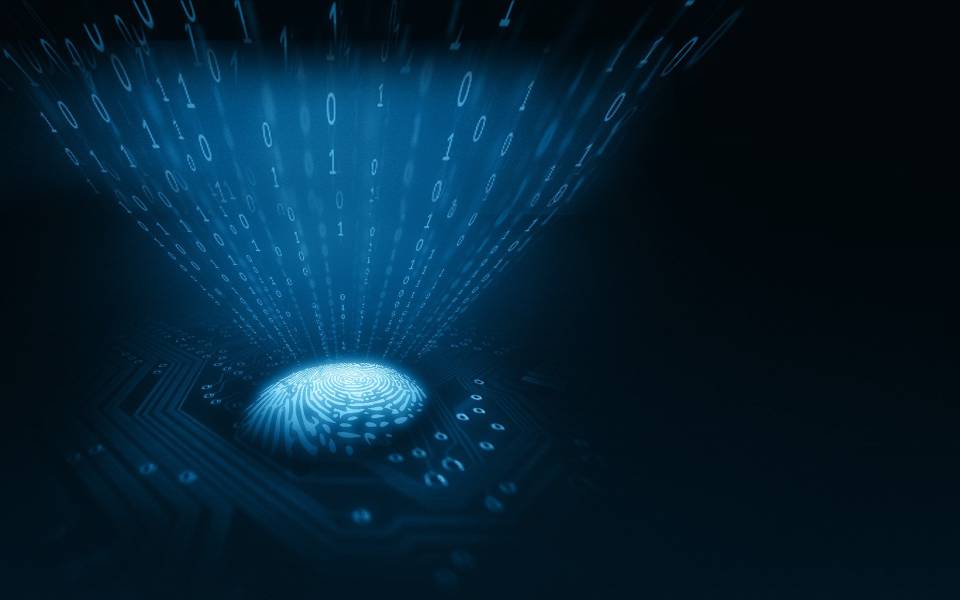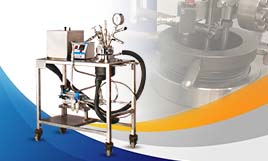Discovering the Past Through Instrumentation of the Future
Discovering the Past Through Instrumentation of the Future
Who are we?, Where have we been? and Where are we going? are important questions that researchers in the field of cultural heritage ask. The answers are found in studying what has been left by our ancestors. Traditionally, this included locating artifacts, studying works of art and observing the evolution of society. Of utmost importance in this work is the idea of preservation, ensuring that the objects are left pristine for future generations to study and appreciate. This has left a wealth of untapped information in our archives.
Past analytical methods required destruction of the specimen. Removing a sample and grinding was the traditional preparation for X-Ray Diffraction (XRD) and Fluorescence (XRF) and physical cross-sectioning was required for understanding an object’s internal structure. This led to the techniques being pushed to the side or only applied to objects in plentiful supply. Information about the elemental, crystallographic phase and morphological constitution has been kept hidden in the spirit of conservation.
Modern techniques have brought a renaissance for these methods. Instruments now include large stages capable of cradling rare objects and micro-focused beams capable of measuring small areas of interest. These changes not only circumvent the requirement for grinding, but also allow mapping of the object's surface. To overcome the need to physically cross-section a sample, medical Computed Tomography (CT) is often employed. Recently, specialized high-resolution CT instruments have been created featuring micron-scale resolution and specialized
software. This imaging solution is known as an X-Ray Microscope (XRM). XRM gives researchers an internal 3D view of an object.
Together, XRD, µXRF and XRM give important clues into how an object was created and how to best preserve it for future generations. For more information on XRD, µXRF and XRM visit our Art, Conservation & Archaeology webpage and watch your inbox for an invitation to an upcoming digital event discussing the use of analytical techniques in the field of cultural heritage.
How Does XRF Work?
Is X-Ray Fluorescence (XRF) spectrometry a closed book for you? Would you like to understand how it works and what it is used for? Broadly speaking, XRF instruments enable elemental analysis of a huge variety of materials, including metals, geological rocks and minerals, ceramics, petrochemicals, polymers, food, and much more. On our new webpage, How does XRF work?, we explain the basics of XRF and provide an overview of different XRF techniques and their capabilities. Curious? Check it out now.








